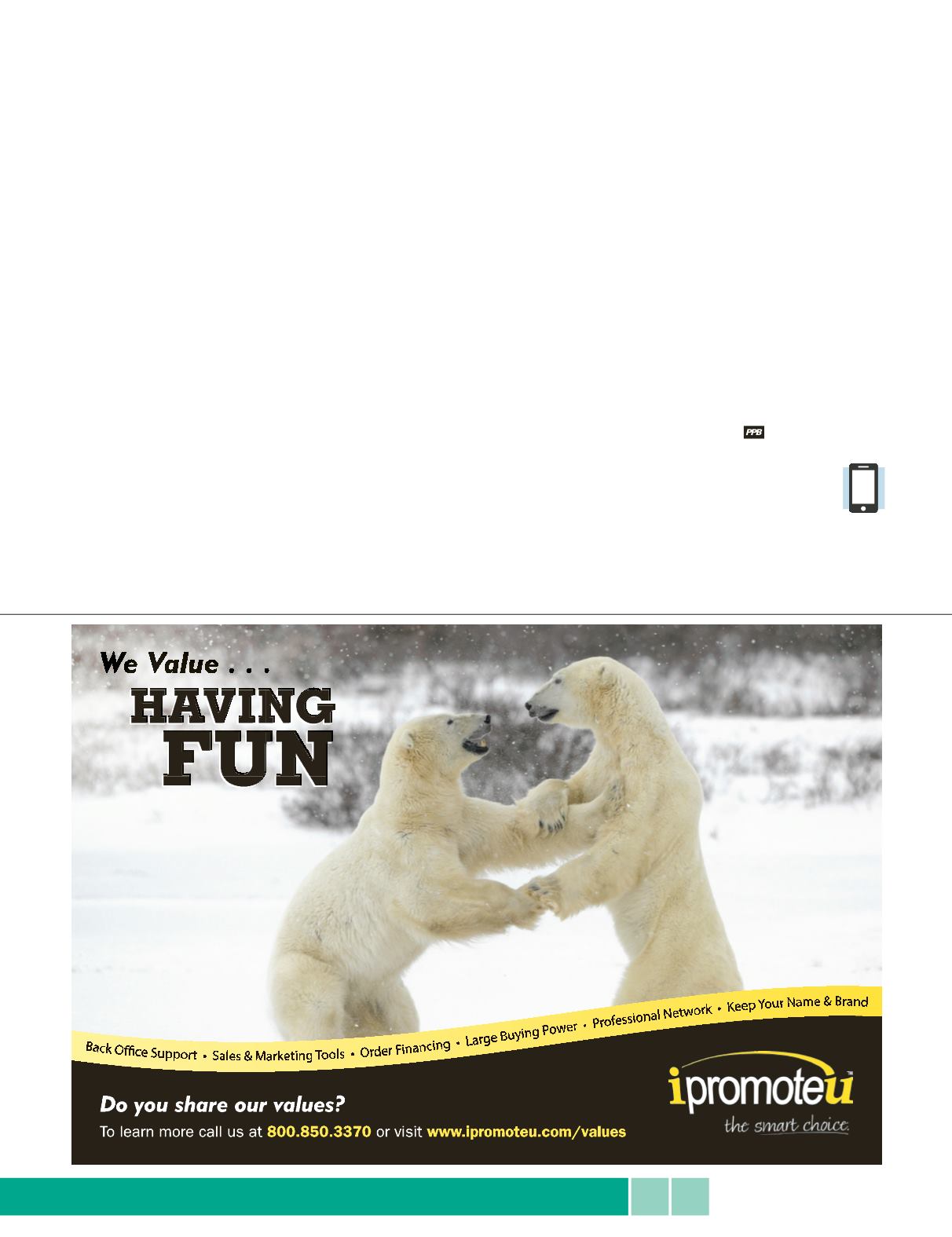

If you are working with an existing
client to whom you have previously sold
only products, have a conversation early on
as to all the services and talent you are
bringing to the table. If it’s a true bid situ-
ation, you can change the rules of the bid
as long as you illustrate why those changes
will benefit the client. Also, be aware that
the bid process is usually handled by some-
one other than the person who has respon-
sibility for the outcome. And, if you have
sold this client only products before,
remember to keep your product ideas new
and fresh.
6. Bill for your time.
This is the most impor-
tant step in crafting the proposal and the
way to do it right is to bill for your time
and
creativity. If you don’t respect what you and
your company have put into the program,
the client won’t either. Several ways to do
this are to bill for your consulting time
(research, ideas and strategy), bill just for
creativity or bill for your coordination of the
project. The best way is usually to figure the
cost based on the project itself or on a cost-
per-contact, as the traditional agency mod-
els based on time only have been poorly
received the past 10 to 15 years. Just make
sure you have all of your expenses covered
and included in the proposal as it is hard to
go back and ask for more money. However,
it is perfectly correct to ask for an increase if
the scope of the project changes or increases
to a higher level. Confront those situations
at the beginning of the process and even
state it in your proposal, if you like. No one
likes surprises.
7. Protect your ideas.
In my seminars, I am
always asked for ways distributors can pro-
tect their ideas. The best way is to state
up-front to the client that your concepts
and designs are your property and are not
be used without your permission. Let them
know also that you will work hard for
them with concepts, recommended prod-
ucts, designs and any outside media.
In our industry we are often faced with
showing a client a product or idea and
conducting hours of research on products.
Unfortunately, we only make money when
the product is sold. In this case, you
should always get paid for your time and
creativity, and consulting should be part of
the proposal. Many times a client will ask
you to sign a non-disclosure agreement to
protect their trade secrets and product
information. A good practice is to ask for
the NDA up-front as this illustrates your
professionalism and shows how you will
protect your client. Even if your client
doesn’t need the NDA, just asking shows
your credibility.
In summary, protect your creativity,
leverage your product knowledge and skill-
fully manage your client’s brand and budget.
The first few times you handle a value-added
project may be difficult but, believe me, it
will get better and will become second
nature. Best of all, you get paid for these
additional services.
Bruce Felber, MAS, is director
of marketing and sales support
for Holland, Ohio-based distrib-
utor The Image Group (UPIC:
IMAGEGRP). You may reach
him at 216-661-1011 x 2208 or
at
bfelber@theimagegroup.net.JANUARY 2015 •
PPB
• 45
















